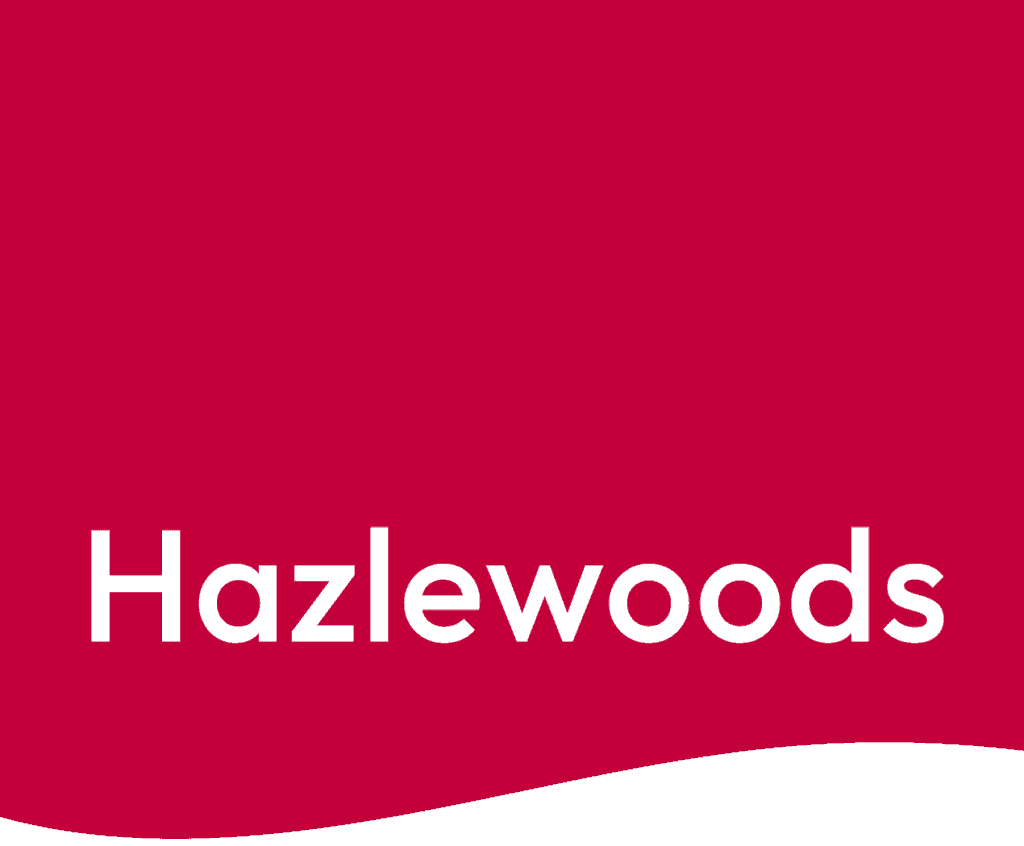VAT is a complicated area and there are many misconceptions surrounding the VAT treatment within the equestrian sector. VAT is a consideration for all trading entities. In this article we highlight five areas where we often see errors arising.
1. VAT registration limit
The current turnover threshold above which businesses are required to register for VAT is £90,000. This needs to be reviewed on a 12-month rolling basis. When establishing the turnover amount, any exempt supplies are ignored.
2. Livery fees
The VAT treatment of the income can be either standard rated or exempt depending on the individual circumstances including the reasons why the horse is there, and the services and activities provided.
It is quite possible that a livery yard would have a mixture of both exempt and standard rated supplies.
3. Lessons
The starting point would be that lessons are a standard rated supply of services.
In a few instances where specific criteria is met, lessons can be an exempt supply. These need to be equivalent to a lesson which would be taught in a school and be given by the owner or a partner of the business. If the Government change the VAT treatment on private school fees, the VAT exemption may fall away, as yet, we have no detail on this.
4. Buying and selling horses
Is generally subject to the standard rate of VAT, but there are exceptions. Where a horse has been purchased in the UK from a non-VAT registered person, and is later resold, the sale will be subject to the second-hand margin scheme.
Where horses are being bought and sold internationally, the VAT treatment is different, and it is important to understand the position for each transaction.
5. Reclaiming input VAT
Certain input VAT can be reclaimed by VAT registered businesses on supplies relating to taxable supplies. If the business is wholly taxable, then all input VAT relating to the trade can be reclaimed.
Most equestrian businesses have both taxable and exempt supplies making the input VAT recovery more complicated. In this situation a partial exemption calculation will be required. The actual amount of input VAT which can be reclaimed will depend on what which part of the income the cost relates to, either the taxable or the exempt supply. Where costs cannot be attributable to either one, an apportionment between the two will need to be made.
As you can see, there is no one answer fits all! It is important to understand the VAT treatment of your business and to take advice from a VAT expert. If you would like to discuss your VAT position, please get in touch.

